India is a country having many states where we can find numerous tribes who had either migrated to India or are natives of India. Gujarat is one of the 29 states of India which is situated at the extreme west. Gujarat is known as a hub of scheduled tribes as we can find many tribes in this state but there are around 29 main tribes including Gamith, Dhodias, Siddi, Barda, Vasawas etc. The origin of the tribal people of Gujarat is based on their migration from other countries like the Siddis are a group of tribal people who have migrated from East Africa. Similarly, the Rabaris and the Mers are the tribes migrated from the Mediterranean. There is a true belief in the tribal people of Gujarat that all the objects like stones, places and creatures are full of spiritual nature, so they are very religious in nature. The occupations acquired by these tribes are agriculture, fishing, hunting etc.
Gamit:
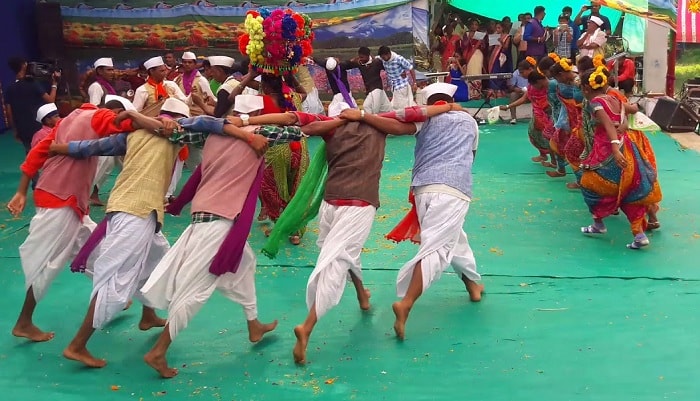
The origin of this tribe is based on the migration towards India which can be concluded by the songs sung by Gamit old ladies. The ladies sing the leel songs during the festival of color i.e. Holi. They love to worship Sun god first and then they continue with their further worship. Their houses are built on or around the hills and have “Angans” built in almost all the houses. The houses of this tribal people are built with clay, cow dung, bamboo and paddy grass which we call as a Kutcha house. Like other tribes Gamits are also fond of music and dance. They use natural things to make their musical instruments like leather, metal strings, pipe, shankh etc. The ladies of Gamit tribes are fond of ornaments like Kanthi, Donto and some other ornaments. This tribe is mostly found in Surat, Bharuch, Valsad and Dangs.
Bhils:
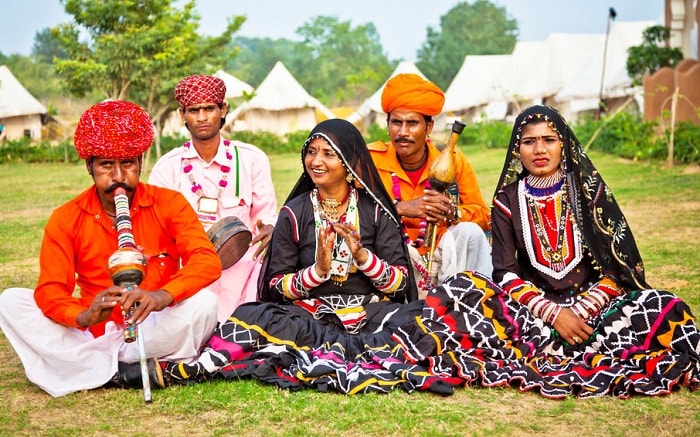
Due to its high population, the tribe is divided into smaller groups like Bhil Garasia, Dholi Bhil etc. Bhil people are generally of medium or short height because of the biological condition where they reside. The complexion of this tribe is generally dark but there are some people whose complexion is different means they are white in color. The houses made by this tribal community are also kutcha house and they use wooden poles, bamboo, clay etc to construct their house. They have a very interesting ritual to select their life partner and this ritual gets performed on the festival of Gol Gadhedo. Like Gamits, Bhils also acquire agriculture as their main occupation while poultry, distillation are some other occupations possessed by them. The community is male-oriented as there is a bias between male and female.
Dhodias:
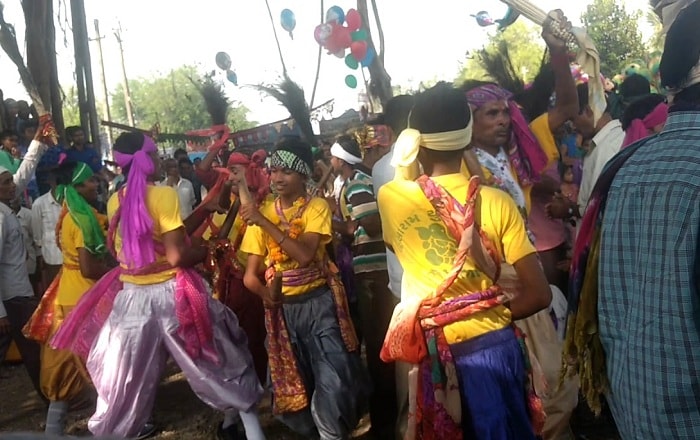
The origin of this tribe is based on many theories passed by many legends. The cultures of this tribal community is quite similar to the cultures of Hindus like Kanyadan, Mangalphera are some of the common cultures. The main occupation of this tribe is agriculture, fishing, laboring. They are very educated and even employed with white collared jobs. The musical instruments used by them to perform any songs on function are tur and drum. Their houses are made up of firewood, cow dung cakes, kerosene to construct their house and their houses are electrified. The main ornaments carried by the Dhodia ladies are belly chain and Dubla. Unlike Bhils, Dhodias are not male-oriented only the community gives equal priority to women also like women contribute to the livelihood of the family.
Bawcha:
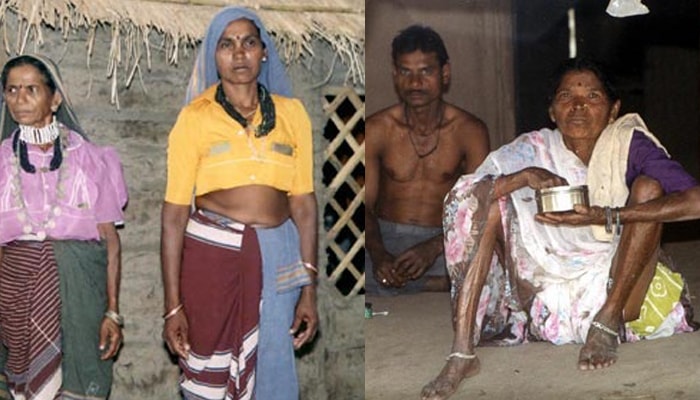
The origin of this tribe has no evidence in written form it is just concluded from some of the historical stories. It is believed that the tribe got migrated from Maharashtra due to some political and social issues. The houses of this tribal people are Pucca houses and are cemented constructed with bricks having RCC roofing. The education status of this tribe is little better as they reside in urban as well as rural areas. The main occupation of this tribe is making and selling bamboo basket but that is now limited to the rural areas only as people of urban areas mostly prefer to work in mills, press or work as a hotel boy, rickshaw puller etc. The people of this community behave stereotypically in the case of menstruation, pregnancy and others. They celebrate the festival of Goddess by dancing and singing.
Kunbi:
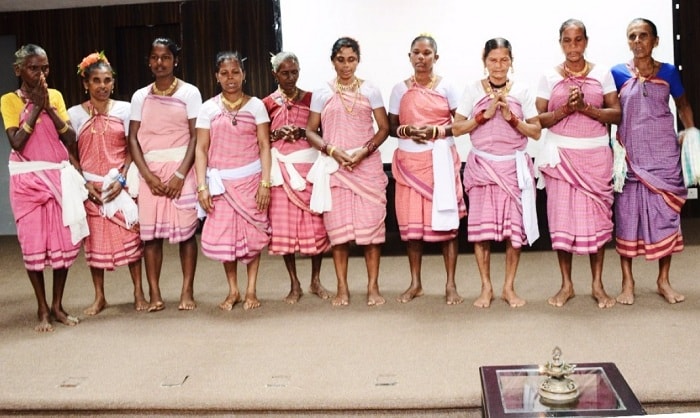
There is no evidence about the origin of the tribal community of Kunbi. The custom of this tribal community is similar to the Hindus like they also perform the function of Betrothal (Sagai) as a marriage ritual and the custom of half marriage (Pen). Similar to Bhils, Bawacha, Dhodias and Gamits, Kunbi community has also acquired agriculture, farming and poultry as their main occupation. Like Dhodias, the locality of Kunbis is also electrified. The women of the community are not given the equal priority as compared to men. The festivals which are auspiciously celebrated by this tribe are Diwali and Nag Panchami. They prefer celebrating these festivals by singing and dancing. The music which gets performed by them is played with the traditional musical instruments of their community.
Rabari:
There are numerous theories behind the origin of Rabari tribes but this is also true that there is no such evidence behind these theories. It is concluded that they are migrated from Afghanistan. The main occupation of this tribe is breeding of sheep, cattle and selling the milk. The women are given equal priority to men as their perception is very important for any kind of family decisions. The embroidery work of the community ladies are very popular and are very real and pure in nature. Siya is the folk song of Rabaris which they perform on every festival. The community is well equipped with drinking water and electricity facilities. The ornaments that Rabari ladies carry are generally made up of silver, ink and lac. The community has its own folk dance and folk songs which they perform on every festival.
Siddi:
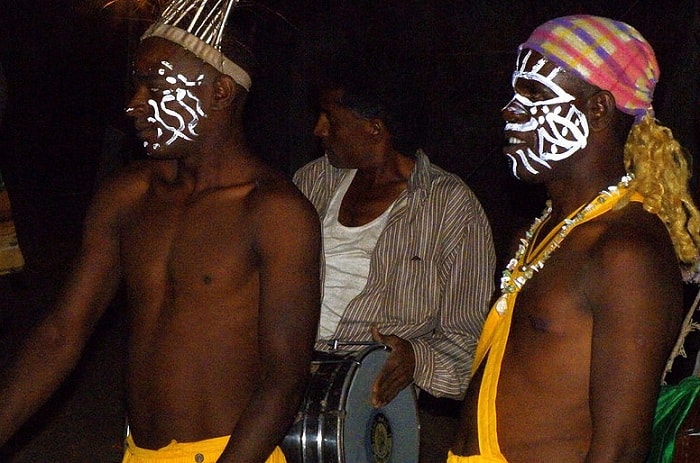
This tribe had migrated from Africa to India in the search of food and shelter and some war, love stories are also there behind the origin of this tribe. They are scattered at many places Karnataka, Maharashtra, Andhra Pradesh but we can find the majority of this tribe in Gujarat (Junagarh). The religions possessed by them are Christianity, Islam and Hindu also but in a very less number. Siddhi community is generally restricted to the village areas only and so they are not much developed and educated. “Dhamal” is a folk dance of Siddis which is an imitated dance form of Africa. One can easily recognize the people of this community because of their peculiar dressing style which is a combination of Hindu and Muslim tradition.
Pateliya:
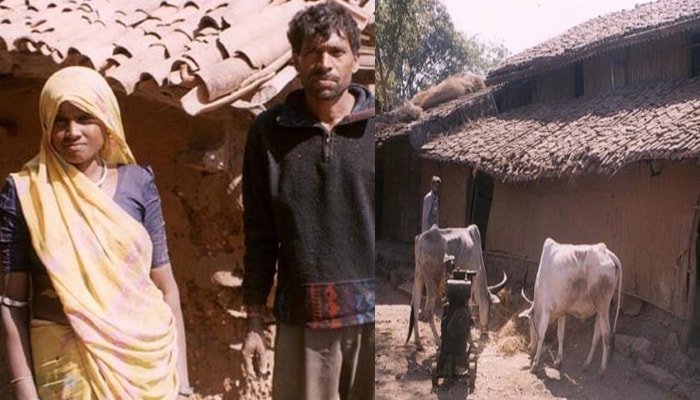
This is one of the wealthiest tribes of Gujarat and is mostly found in Surat, Kheda, Sabarkantha and Ahmedabad districts. The tribe is well known for its festival celebration i.e. many festivals are celebrated by them like Holi, Duleti, Rakhi, Navratri etc. The women of this tribe also contribute their hands to manage the family by getting employed in the permanent jobs. Children of this tribe are also employed like they work in family farms or work as wage laborers. Garba dance performed by this tribe during Navratri season has become prevalent now. The tribe doesn’t do discrimination between the studies of girls and boys and so both the genders are equally educated. The locality is rich in drinking water facility, electricity and banking facilities too.
Naikda:
The Naikas are divided into two main groups known as Naikas of South Gujarat, Naikas of Baroda and of central Gujarat. Some of them are them have their habitats in rural areas while some have in urban areas and there is a custom of dowry prevalent in this tribe. The ornaments carried by women ladies are Payal, earrings and vermilion (Sindur). The custom of Naikda tribe is slight different from other tribes as this tribe gives equal status to women in all the norms whether it is social, political or economic. The tribe organizes a fair named “Shivratri Mela” in which they organize the anniversary of their dead ones. The literacy rate of Naikdas was low earlier as compared to the present time but it’s increasing gradually.
Chaudhary:
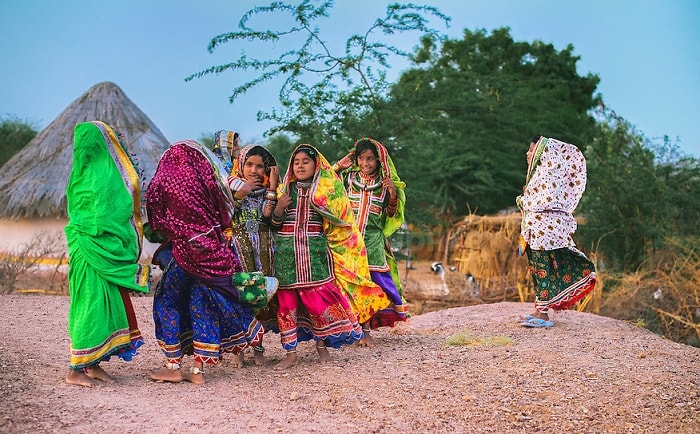
The tribe is originated in the Indian Subcontinent and is mostly non-vegetarian. The Chodhries are divided into Paragadia, Niladri and Valvada on the basis of endogamy and are further divided into 2 more categories i.e. Varjelas and Sarjelas on the basis of reforms. This tribe was very prominent in the reforms done for the independence of India. There is a belief among the people of this tribe is that a person becomes vampire if he/she commits suicide and if a women dies during pregnancy then she gets transformed into witch. Chodhry’s literacy rate is higher than the other tribes of Gujarat due to the availability of free education, boarding and lodging.
